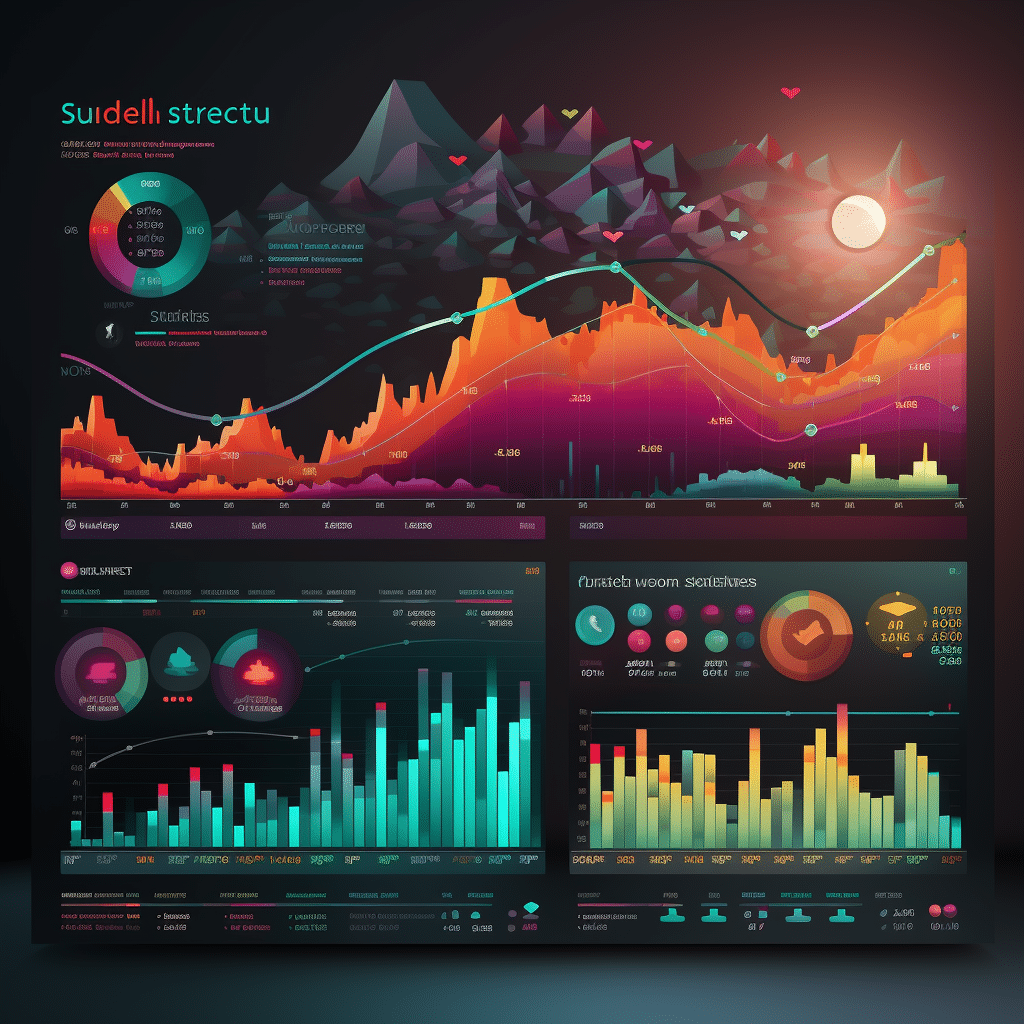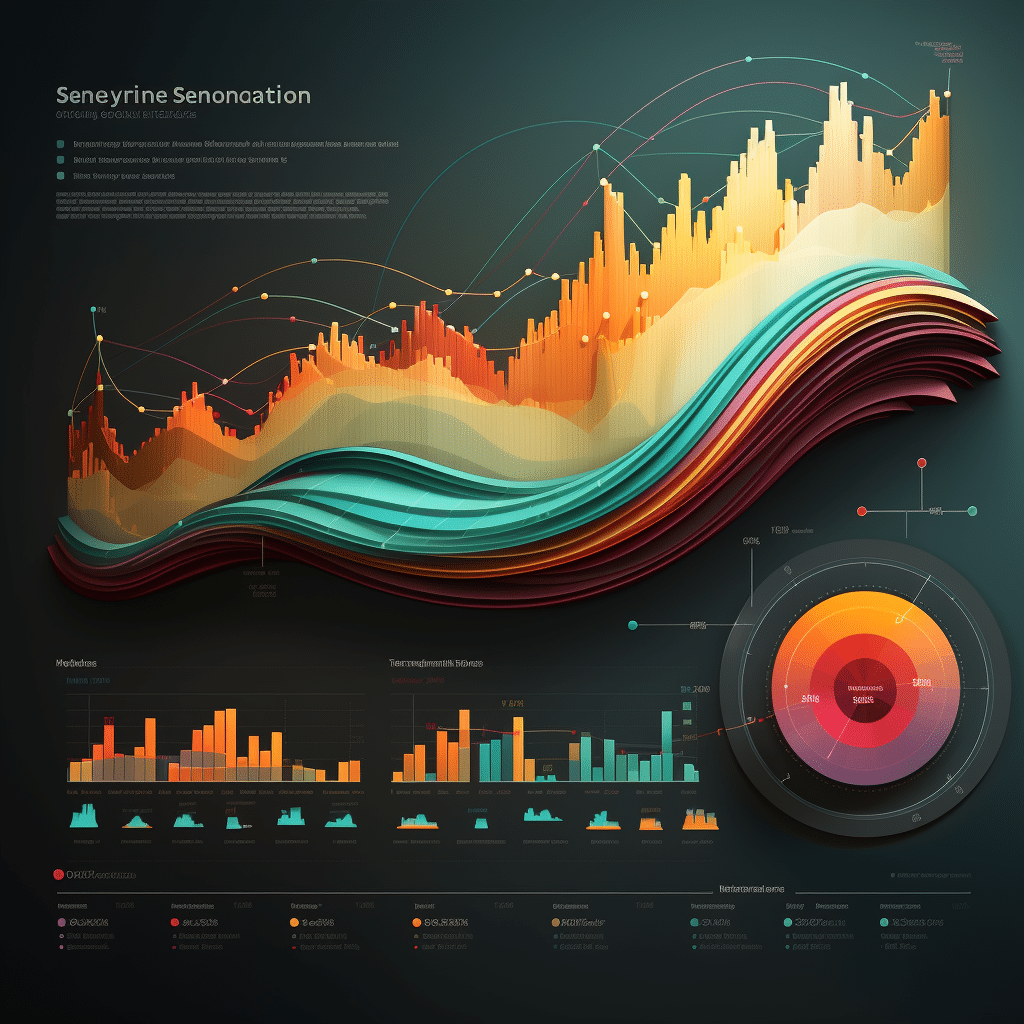Alright, digital dynamos and savvy entrepreneurs, strap in because we are about to embark on an electrifying journey through the dynamic world of Synthetics Monitoring in New Relic! Just like Liza Weil brought complexity and depth to her roles, we’re diving deep into the nitty-gritty of perfecting your monitoring game. So grab a coffee and let’s get this show on the road – we’re not just ticking boxes here; we’re crafting a masterpiece!
Unpacking the Basics of Synthetics Monitoring in New Relic
Before you can run, you’ve got to walk, right? Synthetics Monitoring, at its core, is like having an army of tireless robots continuously testing your digital platforms while you focus on the bigger picture. Here’s what you need to know:

Step-by-Step Guide on How to Get Synthetics Monitoring to Work in New Relic
You’re itching to set this up, I know. So, here’s how you roll out the red carpet for your monitors:
| Step | Action | Details | Purpose / Benefit |
|---|---|---|---|
| 1. | Access Synthetics | Go to one.newrelic.com > All capabilities > Synthetics | To navigate to the New Relic Synthetics interface for setting up monitors. |
| 2. | Create Monitor | Click ‘Create Monitor’ and enter the details of your monitor (e.g., name, type like ‘scripted browser’, target URL). | To specify the type of monitor and its target, enabling simulations of user actions. |
| 3. | Set Monitor Locations | Select the locations from where your monitor should run (e.g., Mumbai, Seoul, Columbus, Montreal). | To run checks from multiple geographic locations simulating regional user interactions. |
| 4. | Enable Browser Monitoring | Navigate to one.newrelic.com > All capabilities > Browser > (select an app) > Settings and ensure browser monitoring is enabled. | To collect detailed performance data of the web application as experienced by end-users. |
| 5. | Configure Alert Conditions | Set up alert conditions based on the performance thresholds you deem acceptable. | To receive notifications when performance deviates from set thresholds, enabling proactive issue resolution. |
| 6. | Verify and Deploy | Review the monitor settings and ensure it’s operational. | To confirm that the monitor is set up correctly and will function as expected. |
| 7. | Monitor Results | Check the data collected from Synthetic monitoring on the dashboard. | To understand app performance trends and identify potential problems. |
| 8. | Optimize Settings | Based on data, adjust monitor frequency, locations, alert conditions, etc., as necessary. | To fine-tune monitoring to better match real-world usage patterns and effectively catch issues. |
| 9. | Integrate with APM | Utilize APM stack tracing tools, if needed, to monitor back-end performance alongside Synthetic monitoring. | To get a complete overview of both front-end and back-end performance for comprehensive troubleshooting and optimization. |
Scripting for Success: Advanced Techniques in Synthetics Monitoring
This is where the rubber meets the road. Get ready to turbo-charge your monitoring:
- Leveraging New Relic’s Scripted Browser Monitors: Script like a pro to simulate complex user interactions and catch issues that basic monitors might miss.
- Tips for Debugging and Improving Synthetic Scripts: Even the best get stuck sometimes. Effective debugging is like a detective game, where you’re both the sleuth and the hero.

Optimal Configuration Strategies for Peak Performance
Perfecting your set-up is as important as the monitoring itself. Ain’t nobody got time for sluggish performance!
- Best Practices for Synthetics Monitors Setup: Dot those i’s and cross those t’s. Your monitor setup should be tighter than a new pair of skinny jeans.
- Efficient Alert Policies for Proactive Monitoring: Alerts should work like a well-oiled machine, keeping you in the loop without spamming your inbox.
- Balancing Synthetics with Real User Monitoring (RUM): Synthetics show you potential problems, while RUM tells you about issues your users are experiencing right now. Together, they’re like Batman and Robin for your digital presence.
Analyzing Synthetics Data to Drive Business Decisions
Data is your crystal ball into your business’s future; decipher it, and you’re golden:
Overcoming Common Challenges and Pitfalls
Let’s be real, it’s not always going to be smooth sailing, but here’s how you navigate through choppy waters:
Staying Ahead: The Future of Synthetics Monitoring with New Relic
The future is as exciting as a new season premiere, and being prepared means you’ve already won half the battle:
Harnessing the Full Potential of New Relic’s Synthetics Monitoring
Now that you’ve got the hang of it, it’s time to push the boundaries:
Expert Voices: Interviews and Insights from Industry Leaders
Standing on the shoulders of giants, let’s glean wisdom from the top dogs:
Navigating the Pitfalls and Triumphs of Synthetics Monitoring
Life’s a rollercoaster, and so is synthetics monitoring. Buckle up for the ride:
Synthetics Monitoring in New Relic: The Catalyst for Exceptional Digital Experiences
Let’s bring it all home. Synthetics Monitoring in New Relic isn’t just about ticking off a checklist:
Remember, whether it’s Elsa Jean mastering a new role or you dialing in your Synthetics Monitoring, it’s all about staying vigilant, staying informed, and, above all, staying ahead of the curve. Now get out there and monitor like a boss! Your digital empire awaits.
Trivia Time: Synthetics Monitoring Unplugged!
Did You Know?
Hold your horses! Before we dive deep into the digital sea of monitoring, let’s warm up with some whacky trivia that’ll make you the life of your next IT party.
The “Why Didn’t I Think of That?” Moment
Ever had a facepalm moment? Yeah, us too. Now, when it comes to synthetics monitoring, you might think it’s as complex as rocket science. But what if I told you that New Relic’s Synthetics was inspired by the idea that websites should be able to “self-test”? That’s right, just like teaching a robot to do a health check on itself. Genius, huh? And getting synthetics monitoring working is not as hard as it sounds, especially if you’re equipped with a nifty guide on how to get synthetics monitoring to work in New Relic, which could be your real “aha” moment!
A Dash of the Future
Okay, picture this: It’s the year 2030, and your toaster is not only able to predict when you crave toast but also reports on its performance and scheduled maintenance. Sounds futuristic? Well, synthetics monitoring is like the early-stage cousin of our soon-to-be smart toasters. It’s analytics on steroids, constantly scrutinizing and optimizing, ensuring everything runs like a well-oiled machine. If you’ve got a case of the “FOMOs” and don’t want to miss out, checking out the ins and outs of synthetic monitoring with New Relic will get you ahead of the game.
The “Oops” in Monitoring
Ever set up monitoring on the wrong element of your site? Or maybe scheduled maintenance in the middle of a traffic spike? Classic! Well, with the magic of synthetics monitoring, these “oops” moments can be reduced. By mimicking and testing user interactions, you can goof up in the sandbox before you go live—no harm, no foul! No more holding your breath with every update. If you need a little extra help (we won’t tell), there’s a secret sauce to seamless monitoring—and it looks a lot like New Relic’s Synthetics.
The Global Village of Data Centers
Did you know when running a synthetic test, you could potentially be sending greetings to data centers across the globe? That’s right! With synthetics monitoring, tests can run from locations worldwide, giving a truly international perspective on your website’s health. It’s like having a bunch of pen pals, but instead of letters, they send you stats on your site’s performance. Talk about a global village! To make friends with these global outposts, you just need to learn how to set up and manage your synthetic monitors. After that, it’s like hosting a worldwide block party, and everyone’s invited!
In Conclusion…
Alright, you wizened web gurus and digital disciples, that wraps up our trivia extravaganza! Whether you’re a newbie to New Relic or a seasoned pro, there’s always a fun fact to mull over when it comes to the world of synthetics monitoring. And who knows, maybe these quirky tidbits will come in handy during your next trivia night or when dazzling your colleagues with your insatiable thirst for knowledge. Remember, it’s not just about the data; it’s about the journey—and what a quirky, fascinating journey it is with synthetics monitoring. Now go forth and monitor like a boss—or at least like someone who knows a thing or two about New Relic’s coolest features!

How do I enable Synthetic monitoring in New Relic?
Oh, so you wanna kick things up a notch with Synthetic monitoring in New Relic? Easy peasy! First off, you gotta log in to your New Relic account. Then, head over to the Synthetics section and click on “Create monitor.” Choose the type that suits your need, fill in the juicy details, and voilà – you’re all set to keep tabs on your site’s performance like a boss!
How do I enable browser monitoring in New Relic?
Alright, on to enabling browser monitoring in New Relic. So, buckle up! You’ve just gotta navigate to the New Relic APM, select your app from the list, and click on “Application settings.” Look for the “Browser” section, and there it is – just follow the setup instructions. Flip that switch, and you’re good to go, keeping an eagle eye on your users’ experiences.
How to do Synthetic monitoring?
Let’s break down how to do Synthetic monitoring – it’s a piece of cake! After creating a New Relic account, dive into the Synthetics section. Hit that “Create monitor” button, select a monitor type, and follow the breadcrumbs – setting up your locations, frequency, and all that fun stuff. This little exercise will help you make sure everything’s ticking over nicely.
What is the difference between APM and Synthetic monitoring?
Get this – the difference between APM and Synthetic monitoring is like comparing apples and, well, robot apples! APM’s all about real-time tracking in your app – it’s like having your ear to the ground. Meanwhile, Synthetic monitoring’s like having a robot double-check your site at all hours, making sure there are no surprises when real users hop on board.
Which type of synthetic monitoring will be used to monitor a work flow?
When you’re looking to keep an eye on a work flow, Sequential (or Transaction) synthetic monitoring is your go-to wingman. This savvy type scripts out all the steps just like a user would do in the wild, making sure that each part of the process is smoother than a buttered biscuit.
What is monitoring in New Relic?
Explaining monitoring in New Relic? Sure thing! Imagine it’s your all-seeing eye, constantly scoping out your applications and infrastructure. With it, you’ve got the lowdown on performance, errors – the works. It’s like your tech’s personal bodyguard, always on duty.
How do I track page views in New Relic?
Wanna track page views in New Relic? No sweat. Once you’ve enabled Browser monitoring, New Relic starts keeping count of those views. It’s like a bouncer with a clicker at your site’s front door, giving you the headcount of all the virtual foot traffic. You can check out the juicy details in the Page Views section of New Relic One.
How do I see all alerts in New Relic?
Hunting down all alerts in New Relic is a walk in the park. Just head to the Alerts & AI section and click on “Incidents.” Bam – it’s like your own command center, showing you every hiccup and burp your system’s had. You can take it all in at a glance or dive deep into the nitty-gritty.
What is the difference between Datadog and New Relic?
Now, when talking about Datadog vs. New Relic, you’re looking at two top dogs of the monitoring world. Datadog’s like the social butterfly, playing nice with tons of integrations and a strong focus on infrastructure. New Relic? Think of it more as the Jack-of-all-trades, with its hands in APM, mobile, and serverless functions – a real all-rounder.
Why is synthetic monitoring needed?
Why is synthetic monitoring needed? Well, it’s like insurance for your web performance – giving it a check-up even when no one’s looking. It helps you spot trouble before it spots your users, making sure their browsing is smoother than a jazz tune.
Why do we need synthetic monitoring?
Need a reason for synthetic monitoring? Picture it as your 24/7 robot detective, poking around your site to sniff out problems – rain or shine, user or no user. It helps keep your online house in order, so things don’t go pear-shaped.
Why is it called synthetic monitoring?
And ever wondered why it’s called synthetic monitoring? It’s like this: it’s synthetic ’cause it’s all about simulating user actions with scripts – kinda like using a mannequin instead of a real person to try on clothes. No humans required.
What are the disadvantages of synthetic monitoring?
Now, don’t get me wrong, synthetic monitoring’s great and all, but it’s not all rainbows and unicorns. The downsides? Well, since it’s all scripted, it might miss some out-of-left-field issues that only happen in the chaos of real life. And hey, it can be a bit of a resource hog, too.
What is synthetic monitoring in APM?
Exploring synthetic monitoring in APM is like adding a superpower to your toolkit. It means you’re mixing the real-time insights of APM with the preemptive probing of synthetic checks – ensuring your app’s as strong as an ox, come hell or high water.
Which type of synthetic monitor is used for API monitoring?
For all your API monitoring needs, it’s the API synthetic monitor you want in your corner! He’s your specialist, tirelessly running through those API calls and making sure they’re responding just as snappy as you’d expect.
How do I enable infinite tracing in New Relic?
Enabling infinite tracing in New Relic? Oh, you’re stepping into the big leagues now! Navigate to the Tracing section in your New Relic One account. From there, set up your trace observer and boom – you’ve got yourself a data firehose, capturing every minutiae of your app’s life story.
What device options can be changed for synthetic browser monitors in Dynatrace?
If you’re using Dynatrace and want to jiggle the dials on your synthetic browser monitors, just hop into your monitor’s settings. You can tweak device type, screen size, bandwidth – it’s like playing puppet master, but for your monitors.
How do I change alert conditions in New Relic?
Changing alert conditions in New Relic is breezy. Scoot on over to the Alerts & AI section, click “Policy” where your conditions live, and hit the “Edit” button faster than you can say “let’s shake things up”. Tailoring your alerts is a cinch, and it’ll help you sleep like a baby, knowing you won’t miss a thing.
How do I see alert conditions in New Relic?
To peek at your alert conditions in New Relic, it’s as easy as pie. Slide over to the Alerts & AI section, click on “Policy” to see your fortress of conditions. It’s like having a blueprint of your safety net – so you can rest assured that you’re covered, come what may.





















